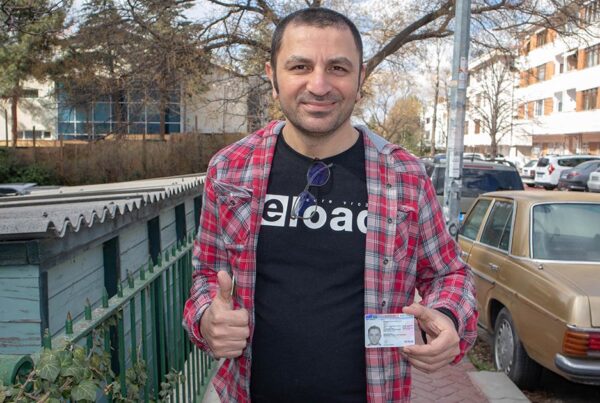Estonian culture consists of the culture of the Baltic countries and a local heritage, Estonian. Estonian culture has been influenced by the cultures of German, Finnish, Balt and Slavic nations. The reason for this is the geography or history that these countries have in common.. in Estonian culture As seen in most Scandinavian countries, natural events and a traditional lifestyle come to the fore. Here are 7 important facts to know in Estonian culture:
- Estonian Literature: into Estonian The Bible was translated by Jacob Johan Köhler in the 18th century. Most of the works in Estonian literature It was written with the emergence of National Estonian Literature after the 19th century. Estonian folk poems were compiled by Friedrich Reinhold Kreutzwald and a national epic called Kalevipoeg was published. In the era of National Estonian Literature, many poets and novelists came to the fore. One of the most important writers is Lydia Koidula. With the liberation of Estonia from the USSR occupation, works were written under the influence of modernist movements in the country. The most important writer in this period is Jaan Kross. Today, detective stories come to the fore in Estonian literature.
- Music in Estonia: Artistic music is not at the forefront in the understanding of music in Estonia. But classical music education has an important place in the country. Estonian modern popular music is popular in most countries. Music groups that attract significant attention from abroad are Vanilla Ninja and Metsatöll. These groups are interested in rock music and metal music. Worldwide attention is paid to the internationally renowned Kerli or composer Arvo Part. Estonian music, which has an important place in Estonia’s culture, shows itself in most festivals held in the country.
- Visual Arts in Estonia: The most important venue for visual arts in Estonia is the Estonian Art Museum. There is a wide range of works of Estonian art in this exhibition. The Estonian Art Museum was founded on November 17, 1919, but today it is located in Kadriorg Palace, which it moved to in 1921. Estonia’s most popular artists are Johann Köler, Ants Laikmaa, Paul Raud, Evald Okas, Kristjan Raud and Konrad Mägi.
- Theater in Estonia: The most important step in Estonian theater is the August von Kotzebue theater founded in 1784 in the capital Tallinn. Most theater plays performed in Estonia in ancient times were comedies for Baltic German nobility. German, Estonian and Russian plays were performed in the theater company organized in the capital city of Tallinn in 1809. In 1865, the first local music company, Vanemuine, was organized in Estonia. The birth of the local theater was in this period with the play named Cousin from Saaremaa. Estonian theater is staged in the opera house and concert hall in Tallinn, the capital city of Estonia. The number of theaters in the country is 20.
- Cinema and Publishing in Estonia: The country’s cinema culture started with the screening of the first domestic movie in Tallinn, the capital of Estonia, in 1896. The first cinema was opened in 1908. The country’s first documentary was shot by Johannes Paasuke in 1912. Then in 1914, the short film Karujaht Parnumaal was shot. The first feature film in Estonian culture was shot by Konstantin Marska in 1924. The movie named Shadow of the Past, shot by Theodoor Luts in 1927, has an important place in Estonian culture. The official channel of the country is Estonian Television (ETV). This channel made its first broadcast on 19 June 1955.
- Estonian Architecture: Estonia’s development in Northern Europe has influenced the country’s architectural history. Tallinn, the capital of Estonia, is on the UNESCO World Heritage List. The architecture of this city dates from the Middle Ages. The country has castles on the high hills, medieval castles and mansions.
- Life in Estonia: Estonian culture shows the way of life in the country. People in Estonia have embraced equality and liberalism. There is no community classification in the country. Estonian people are very fond of nature life. The family structure in Estonia consists of mother, father and children. The divorce rate in the country is more than 60%. The country with the highest number of single parents in Europe is Estonia. Holidays in Estonia are according to Christian and protestant traditions. Many festivals are held in the country. It is also the country’s source of tourism. Foods in Estonian culture , a northern country, are generally brown bread, sour cream sauces, pork or bear meat, and dairy products. Most people living in Estonia consider themselves a Scandinavian country rather than a Baltic country.
Work with Advist in your EU Settlement Process.
Get a residence and work permit in the country you want in Europe!



